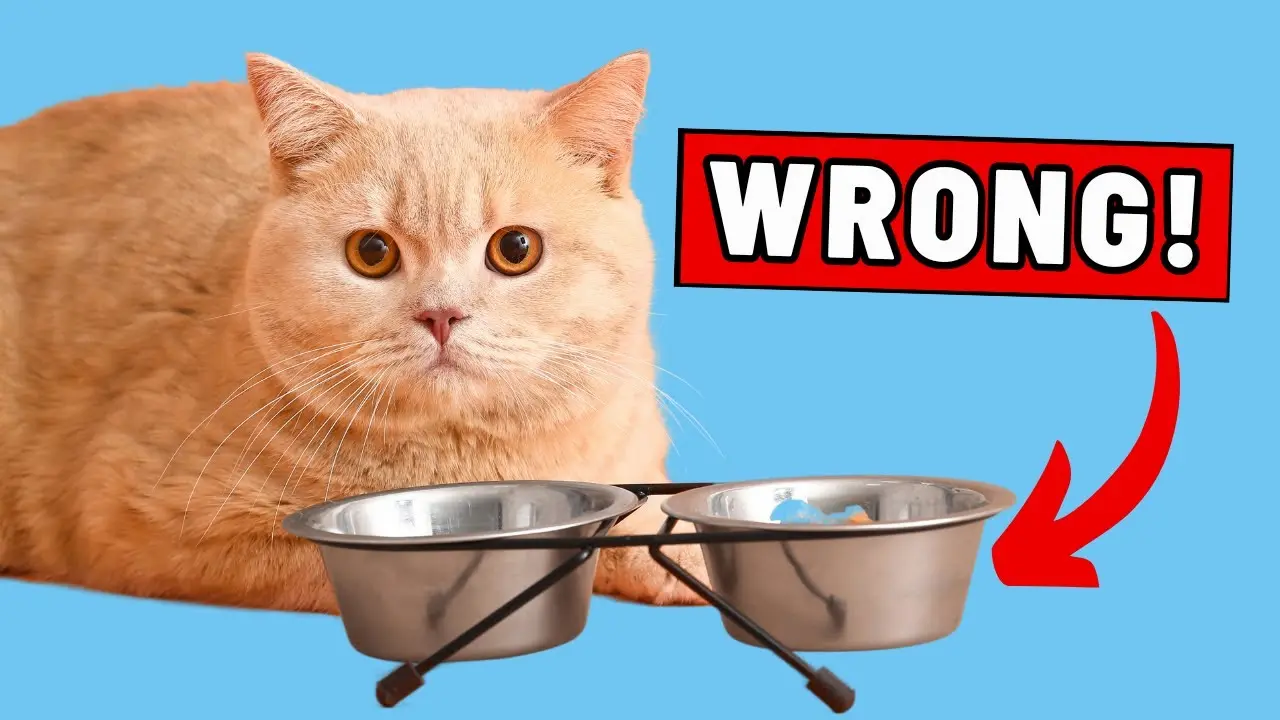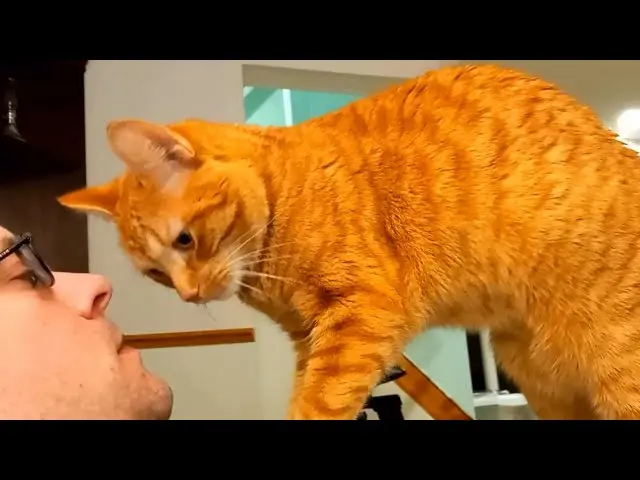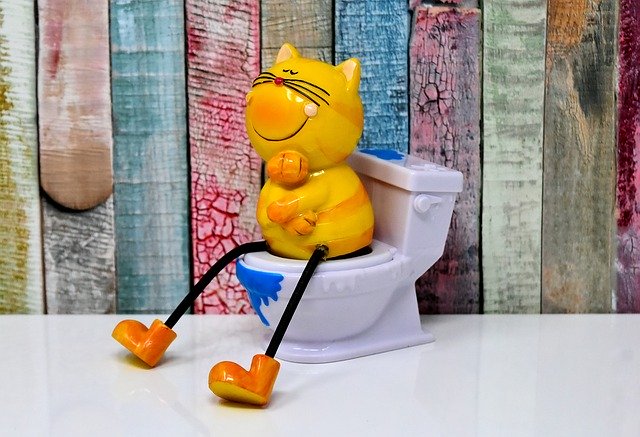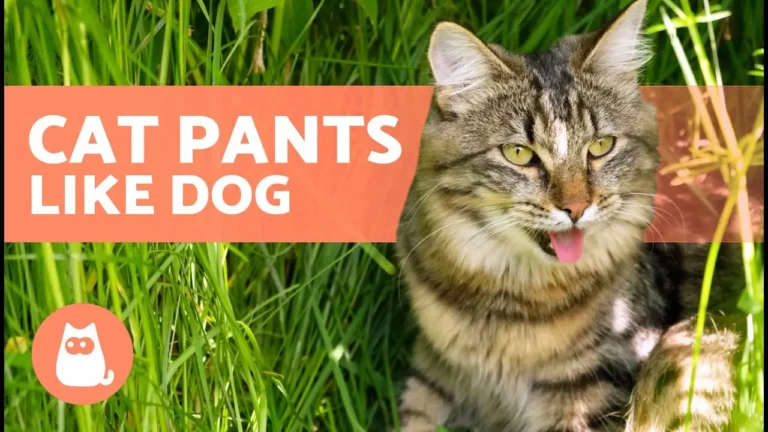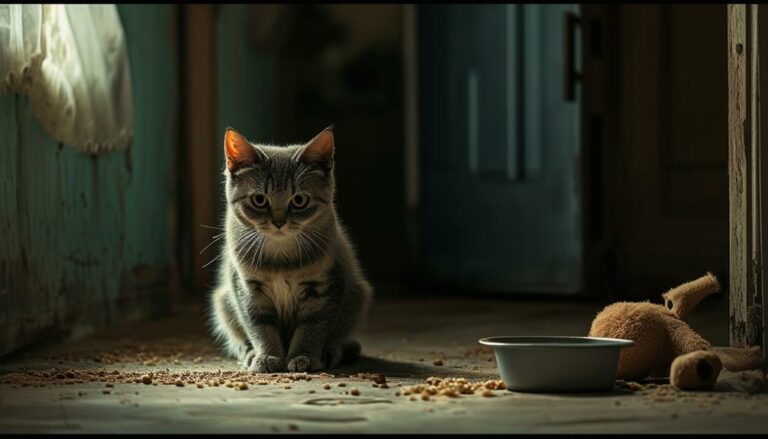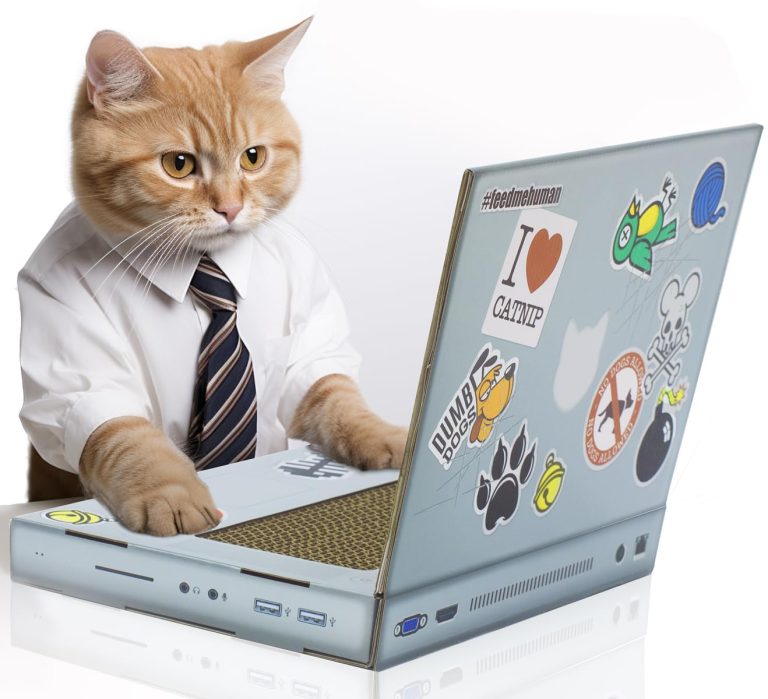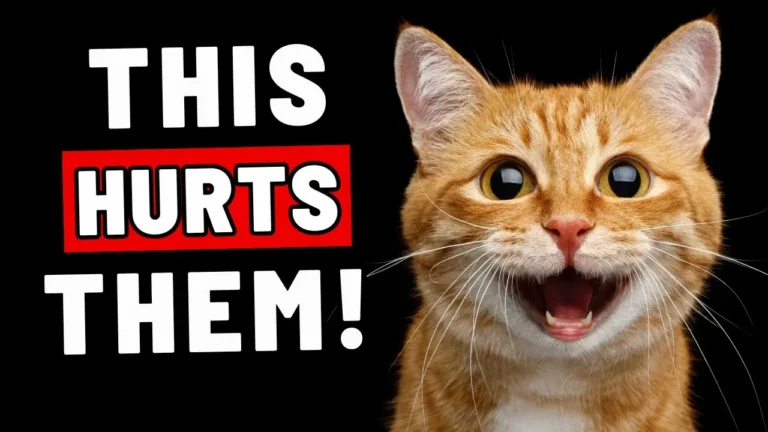You're Feeding Your Cat All WRONG!
I’ve realized many
Cats are obligate carnivores, meaning they need a diet rich in real meat, not the grains and carbs often found in commercial
It’s not just about what you feed them but also how you manage portion sizes, meal timing, and hydration.
There are common pitfalls we might not even be aware of that can impact our
Choosing the Right Food
When it comes to choosing the right food for your
Cats are obligate carnivores, meaning they require nutrients found primarily in animal flesh.
Unlike dogs, they can’t thrive on plant-based diets.
I realized this when my own
The first step is to look for high-quality ingredients.
I always check the label to make sure the primary ingredient is real meat, like chicken or fish, rather than by-products or fillers.
This means avoiding foods with too many grains or carbohydrates, as cats have limited ability to digest these efficiently.
Additionally, I found it crucial to take into account the balance of proteins, fats, and vitamins.
Taurine, for instance, is an amino acid crucial for heart and eye health, and it’s something I always make sure is included.
Omega-3 and Omega-6 fatty acids also support skin and coat health.
Lastly, I pay attention to my
Understanding Portion Sizes
Determining the right portion size for your
I know it can be tricky to figure out just how much food your
First, take a look at the feeding guidelines on your
These recommendations are a good starting point, but remember, every
Next, consider your
Younger, more active cats may need more calories, while older or less active cats might require less.
I always find it helpful to monitor my
If your
Conversely, if they’re losing weight or seem constantly hungry, you might need to increase their portions.
Don’t forget to account for treats and other extras.
Those calories add up quickly! A good rule of thumb is to keep treats to no more than 10% of your
Timing Your Cat ‘s Meals
Now that we’ve nailed down portion sizes, let’s talk about the best times to feed your
Timing is vital because it aligns with their natural instincts and helps maintain a balanced metabolism.
Cats are crepuscular, meaning they’re most active during dawn and dusk.
Feeding them during these times can mimic their natural hunting patterns, making them feel more comfortable and satisfied.
I’ve found that splitting their daily intake into smaller, more frequent meals works wonders. Offering food two to three times a day can prevent overeating and help with digestion.
For example, breakfast can be served in the early morning, then a smaller meal in the late afternoon, and finally, dinner in the evening.
This schedule not only keeps their energy levels stable but also reduces the chances of them becoming too hungry and overeating later.
Consistency is key. Cats thrive on routine, so try to feed them at the same times each day. This predictability reduces stress and helps them maintain a healthy weight.
Trust me, your beloved companion will appreciate a well-timed meal, and you’ll notice a happier, healthier
Avoiding Harmful Ingredients
It’s important to know which ingredients can harm your
Cats have unique dietary needs, and some common ingredients found in
For instance, avoid feeding them anything with onions, garlic, or chives. These ingredients can damage their red blood cells, leading to anemia.
I always check the labels for artificial preservatives like BHA, BHT, and ethoxyquin.
These chemicals can have negative health effects over time.
Instead, I opt for natural preservatives like vitamin E (tocopherol) and vitamin C (ascorbic acid).
Corn, wheat, and soy are often used as fillers but provide little nutritional value and can lead to digestive issues or allergies.
I prefer
Remember to steer clear of food containing sugar or excessive salt. Cats don’t need sugar, and too much salt can cause dehydration and other health problems.
Maintaining Hydration
Guaranteeing my
Cats are notorious for not drinking enough water, which can lead to significant health issues like urinary tract infections and kidney problems.
I’ve learned that one way to promote my
Wet food has a higher moisture content, which naturally helps with hydration.
I also make it a point to place multiple water bowls around the house.
Cats can be quite picky about where they drink, so having options increases the likelihood of them drinking more.
I’ve found that using a water fountain can be particularly effective. The sound and movement of flowing water seem to attract my
I’ve read that some cats prefer drinking from stainless steel or glass bowls rather than plastic ones. It’s important to keep these bowls clean and filled with fresh water daily.
Sometimes, adding a little flavor to the water, like a splash of tuna juice, can entice my
Conclusion
I’ve learned that feeding my
Did you know that cats who eat a balanced diet can live up to 15 years or more?
By choosing the right food, monitoring portion sizes, timing meals, avoiding harmful ingredients, and keeping them hydrated, you can help your beloved pet thrive.
Remember, every
Let’s give our cats the best chance at a long, healthy life!
